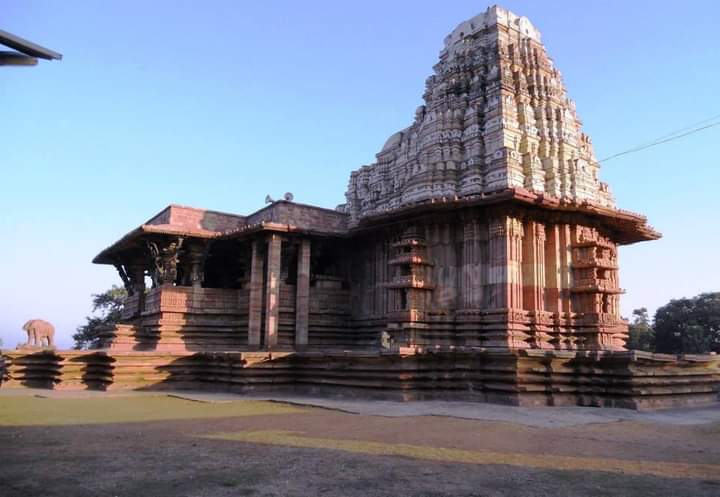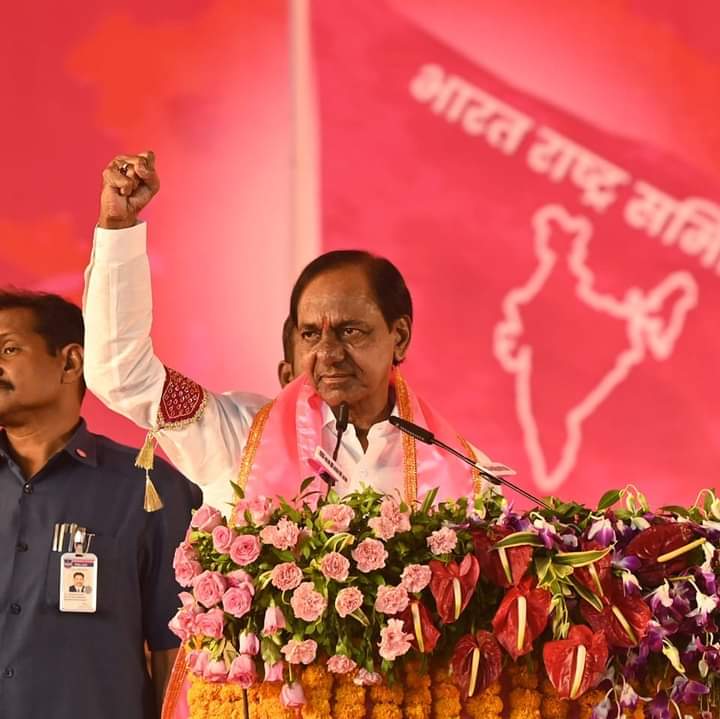The Ramappa Temple, also known as the Ramalingeswara Temple, is a renowned medieval temple located in Palampet village of Mulugu district in the southern Indian state of Telangana. It is an exceptional example of the Kakatiya dynasty’s architectural brilliance and craftsmanship. The temple is dedicated to Lord Shiva and is named after its chief sculptor, Ramappa.
Built-in the 13th century, the Ramappa Temple is known for its exquisite architectural style, intricate carvings, and the use of lightweight bricks that are said to float in water. It is constructed on a raised platform and follows the typical Kakatiya style of architecture known as the “Kakatiya Rudrashaila.” The temple is made primarily of granite and features a combination of Dravidian, Chalukyan, and Orissan architectural elements.

The main shrine of the temple houses the idol of Lord Shiva in the form of Ramalingeswara. The temple is surrounded by a prakara (enclosure) wall, which has several smaller shrines dedicated to various deities like Lord Vishnu, Lord Surya (Sun god), and Lord Ganapathi. The temple complex also includes a Nandi (sacred bull) mandapa and a majestic gateway known as the “Mahadwara.”
One of the main highlights of the Ramappa Temple is its intricate and detailed carvings. The outer walls of the temple are adorned with sculptures depicting various mythological stories, celestial beings, dancers, musicians, and intricate floral patterns. The temple’s ceiling is adorned with beautiful motifs and suspended pillars.
The temple stands within a well-maintained complex with manicured lawns and a serene lake nearby, adding to its scenic beauty. In recognition of its architectural significance, the Ramappa Temple was designated as a UNESCO World Heritage Site in 2021, becoming the first heritage site from Telangana to receive this prestigious recognition.
The Ramappa Temple attracts visitors and devotees from all over the world who come to admire its architectural grandeur, artistic brilliance, and spiritual ambiance. It stands as a testament to the rich cultural heritage and architectural achievements of the Kakatiya dynasty in Telangana.


